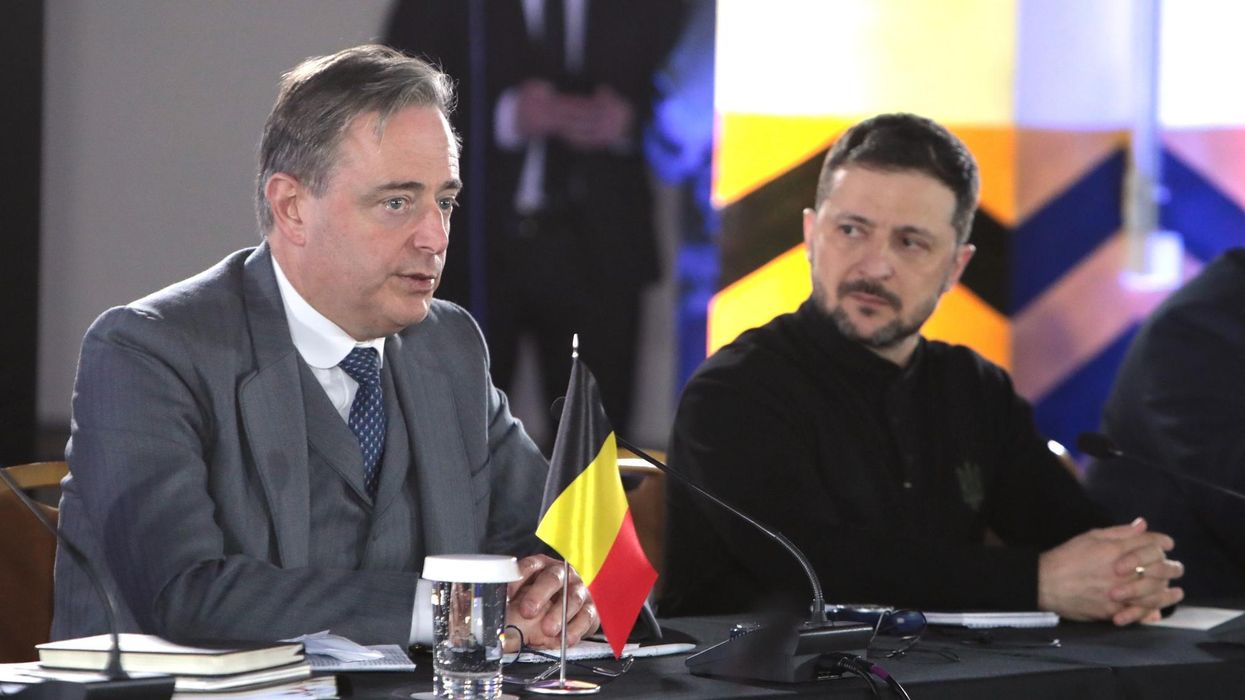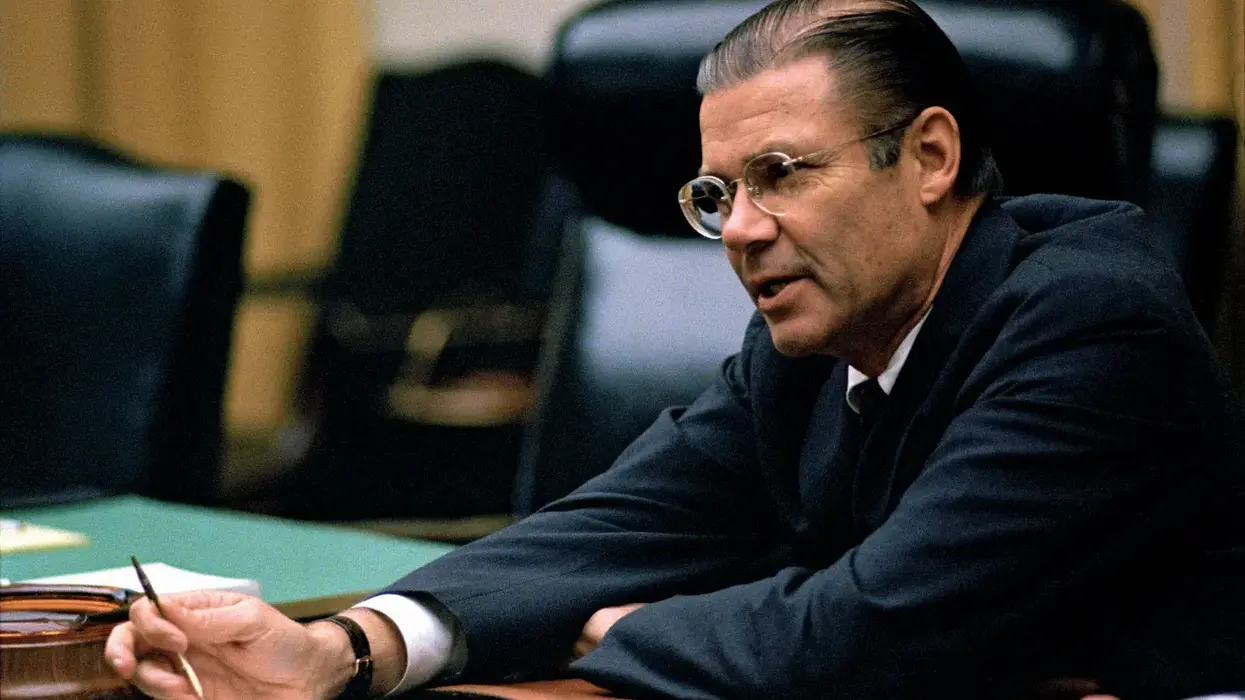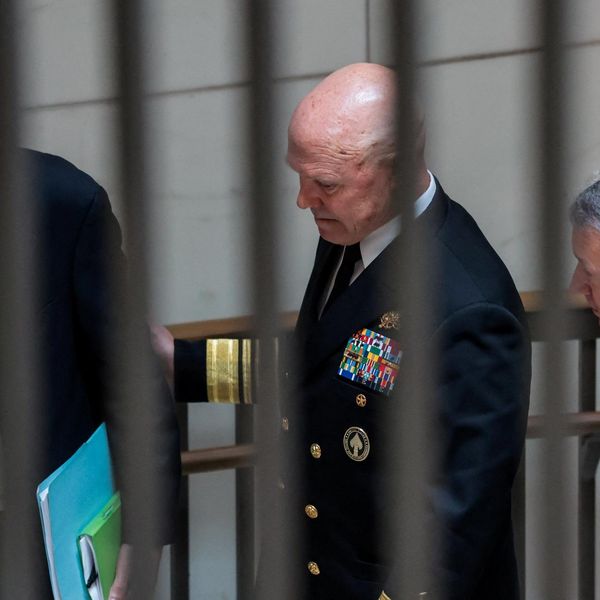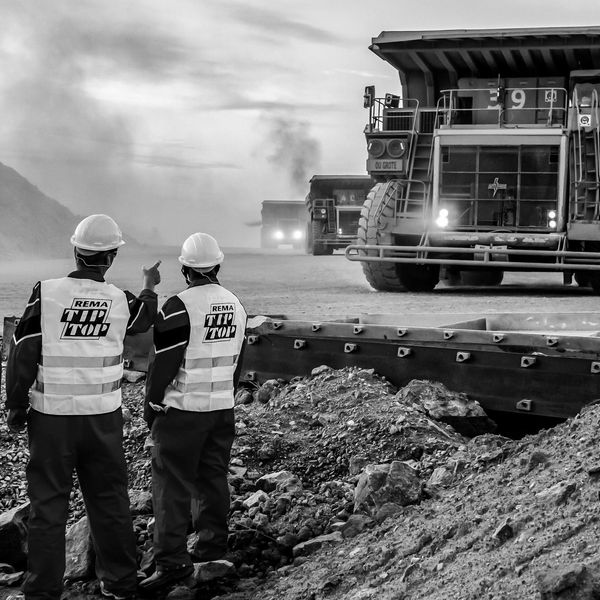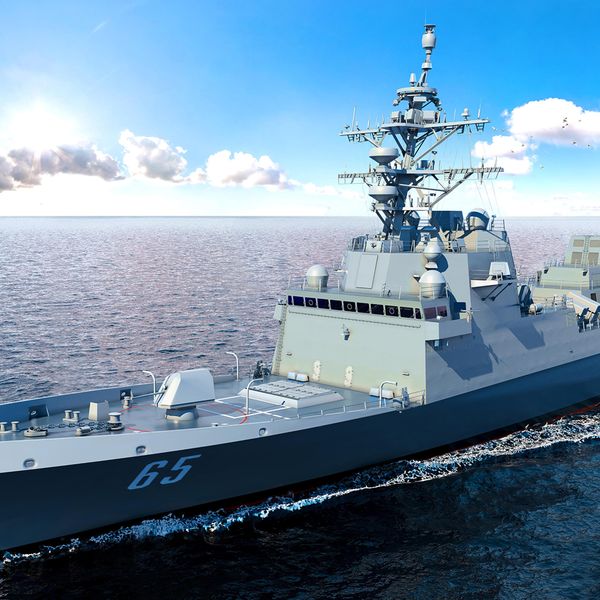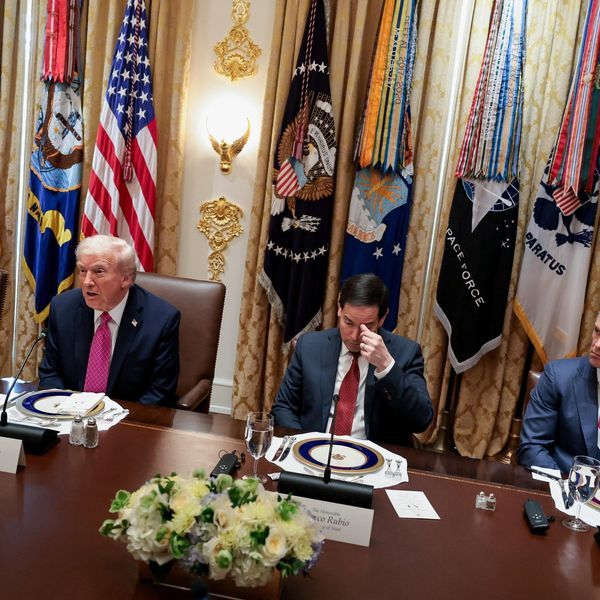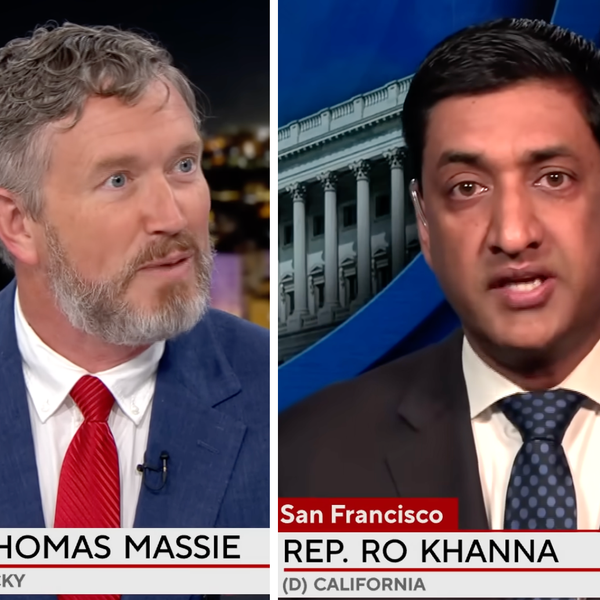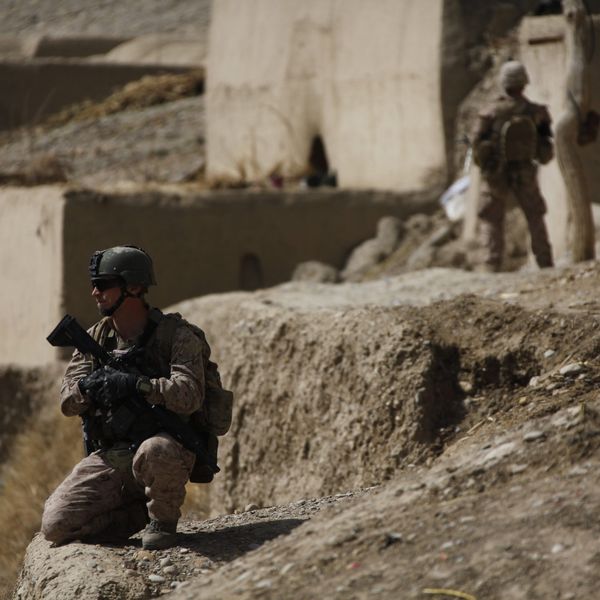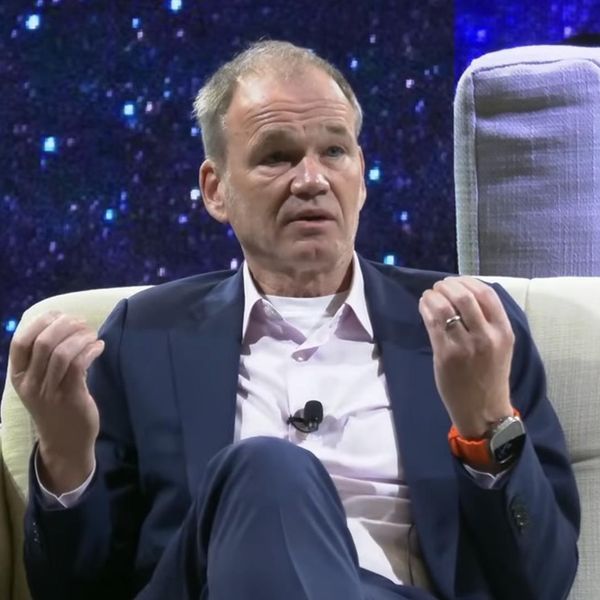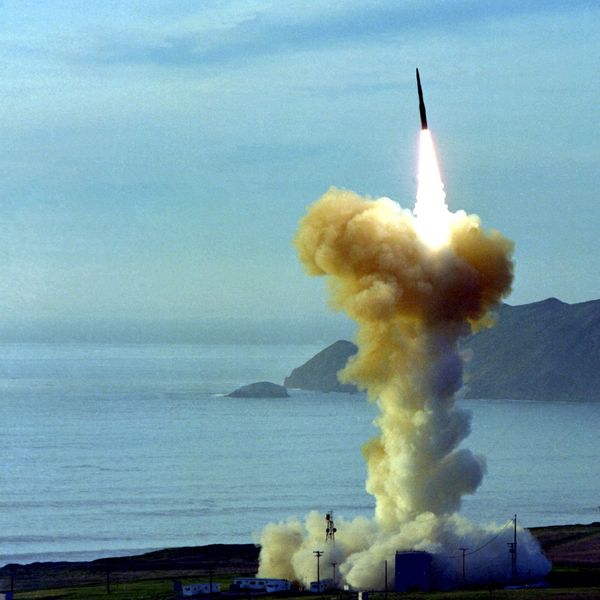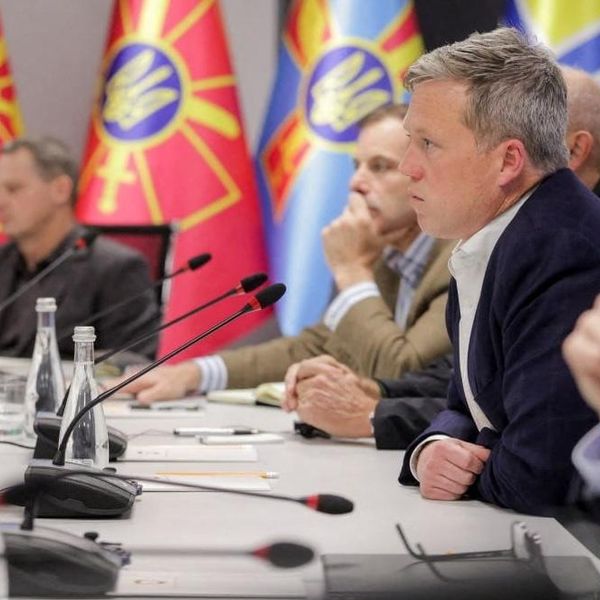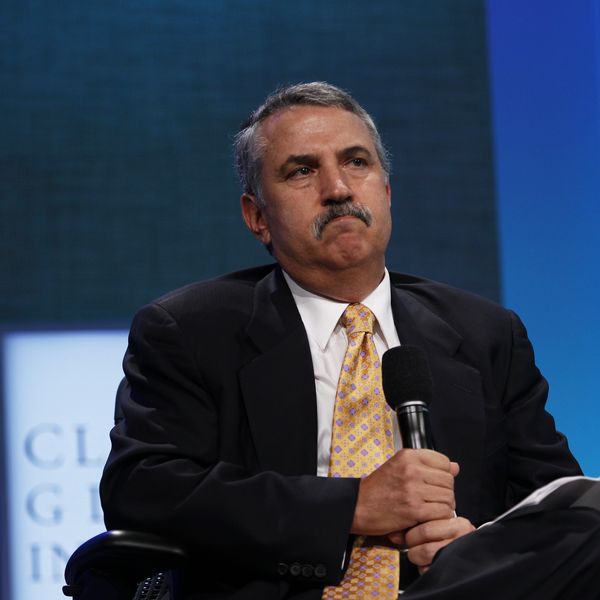The fog of war over much of the last 18 months has skewed press coverage and our understanding of what is happening in Ukraine. Yet media opacity can no longer mask the facts on the ground.
In only the past week, reports have emerged in the Wall Street Journal, CNN, the Financial Times and the New York Times indicating, among other things, that Ukraine’s much awaited spring offensive has ground to a virtual stalemate and munitions from its NATO-allied partners are drying up.
The situation is such that, as the Financial Times columnist Ed Luce noted, “At some point, Volodymyr Zelensky ... will need to sit down with Vladimir Putin, or his successor, to reach a deal.”
Perhaps more worrying still was NATO Secretary General Jens Stoltenberg’s admission that “the war in Ukraine is consuming an enormous amount of munitions and depleting allied stockpiles. The current rate of Ukraine's ammunition expenditure is many times higher than our current rate of production. This puts our defense industries under strain.”
None of this is exactly news. This past April, the so-called “Discord leaks” revealed that Washington officials believed back in February that the war wasn’t going as well as it had been heretofore portrayed. But at the time, the media was more focused on helping authorities hunt down the leaker than reporting the contents of the leak. The unavoidable implication of the leaks, that the Biden administration was presenting two different versions of the war’s progress — one private, the other public — seemed almost willfully deleted from the script.
And so, as the Ukrainian counteroffensive turns into a brutal slog, Kyiv seems to lack the requisite human resources or physical infrastructure to achieve its goals. Isn’t diplomacy now more important than ever? And if not now, when?
There is a growing recognition by a number of experts that conditions do exist for a negotiated settlement to end the war. But we also know getting to such a place will not be easy: The main task before negotiators will be to encourage Ukraine and Russia to abandon their maximalist aims and accept trade-offs involving territory, security guarantees, and reparations.
How do we get there?
Europeans are increasingly aware that it is in their own best interest to assist Ukraine and Russia in finding a way out of the increasingly dangerous morass in Eastern Ukraine. After all, the counteroffensive is stalling right at the very moment Europe’s leading powers are facing a series of domestic crises of their own.
France is currently being torn apart by civil disorder, while Germany’s governing coalition is losing support by the day as the far-right AfD climbs higher and higher in the polls thanks in part to its vocal opposition to the Scholz government’s pro-war policies, which are tanking the once seemingly invincible German economy.
Still more, the bad economic news is continent-wide. Euro-zone economic data released on July 24 indicates a serious deterioration in the European macroeconomy, particularly in manufacturing.
Given all of this, would it not be a wiser course of action for the Biden administration to pursue a “Europeanization” of the conflict? Diplomatic engagement between Russia and Ukraine could be spearheaded by France and Germany, both of which — until the start of the war — had long had productive relations with Russia and led, from 2015 to 2022, the Minsk peace process.
Europeanization of the conflict has an added benefit: It would exclude the American architects of the failed policy of isolating and provoking Russia over the past 25 years.
What might the parameters of a settlement look like?
Broadly speaking, neutrality for Ukraine can and should be achieved in return for security guarantees from Ukraine's immediate neighbors and reparations from Russia to rebuild what they have destroyed. A one-time reparations “tax” agreed upon by the UN and distributed through the offices of the OSCE might be a good place to start.
The point is not to push one plan or another, but simply to emphasize that there remain alternatives to the Biden administration/NATO policy of escalation and endless arms and funding of the Ukrainian government. In the end, this is an issue of regional security and the burden should be on the Europeans to take the lead in negotiations.
War casualties (now estimated at well over 350,000 Ukrainian and Russians), the accompanying European economic downturn, the burgeoning food crisis in Africa, the sure-to-be devastating legacy of tens of thousands of unexploded landmines, and the ever-present nuclear risk all tell us one thing: The time has come for talks.



